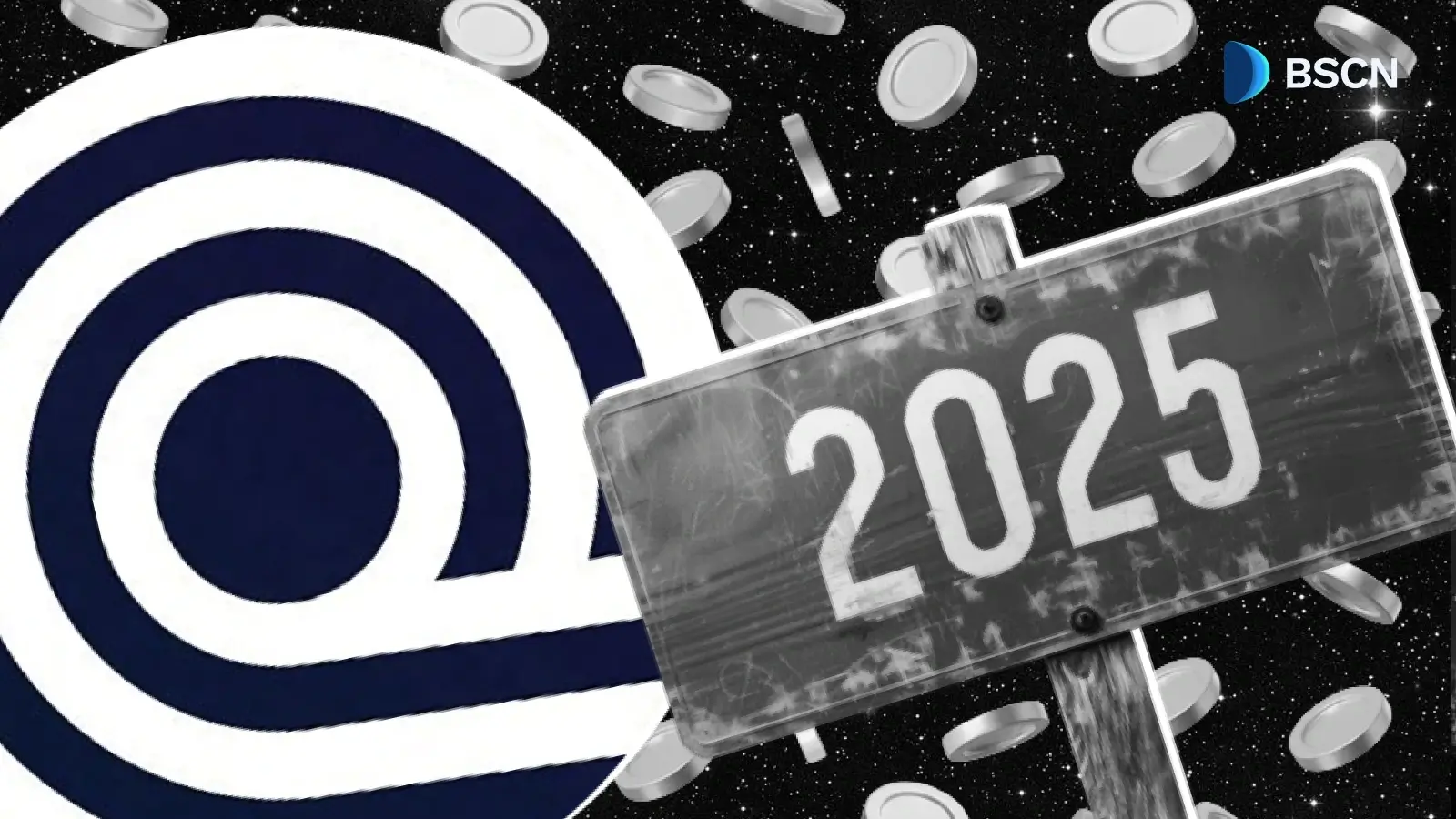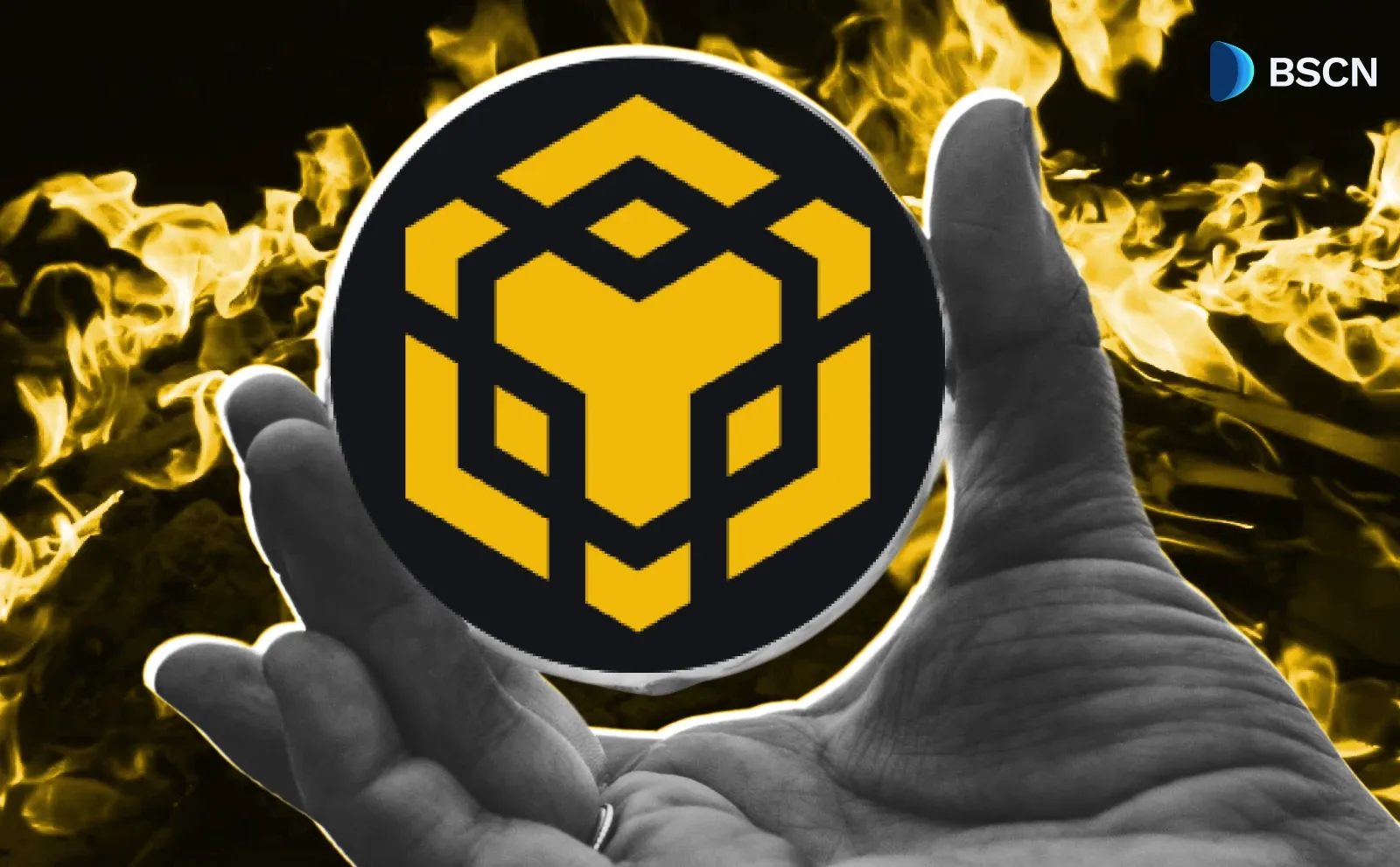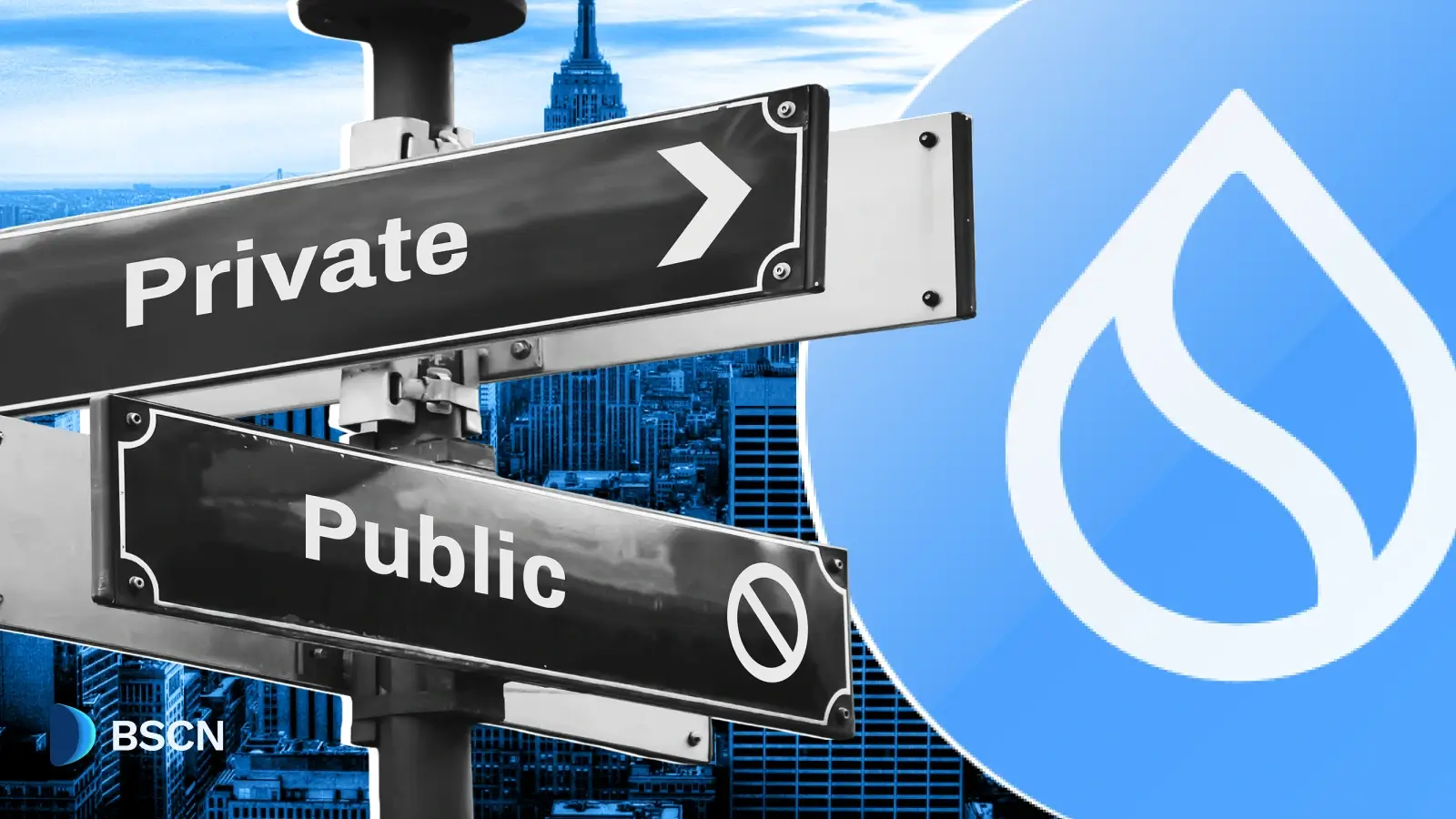Research
(Advertisement)
Pi Network's New Upgrades: What We Know

Pi Network's v23 upgrades promise to embed KYC authority and smart contracts, while also improving scalability.
UC Hope
September 5, 2025
(Advertisement)
Table of Contents
Pi Network has disclosed its planned upgrade from version 19 to version 23, along with a new Linux Node release, to improve its blockchain infrastructure. These changes, announced in late August 2025, focus on embedding KYC authority into the protocol, enhancing security, supporting smart contracts, and boosting scalability.
The upgrades build on Pi's transition to an open network in February 2025, which allowed external connections, and aim to handle the project's user base of over 60 million, including more than 14.82 million KYC-verified accounts on its mainnet blockchain.
Overview of Pi Network's Protocol Shift
Pi Network operates on a customized version of the Stellar Consensus Protocol, adapted for mobile mining, where pioneers earn Pi coins through a smartphone app without needing high-energy hardware. The shift to v23 introduces specific technical adjustments for better control, security, and decentralization. This version is not a simple fork but a tailored implementation that integrates compliance features directly into the protocol layer.
Pi Network’s protocol upgrades will enable functionalities including embedding KYC authority in the protocol that will maintain Pi as a KYC-verified blockchain while offering a more distributed, community-driven KYC process at the protocol level. https://t.co/awWJ43qfA8
— Pi Network (@PiCoreTeam) September 4, 2025
One central element is the embedding of KYC authority. This allows the network to verify user identities at the protocol level, with plans to delegate this function to trusted community entities in the future. Pi Network already has 14.82 million verified users, which positions it among blockchains with strong regulatory alignment. The upgrade aligns with standards such as ERC-3643 for on-chain compliance, ensuring the system meets anti-money laundering requirements while gradually reducing central control over time.
The protocol also enhances security through biometric logins, such as fingerprint or face ID, and improved two-factor authentication for wallets. These build on earlier requirements from March 2025, which mandated email verification for migrations. The goal is to mitigate fraud risks and enhance user trust, particularly following the launch of the open network.
Enhancements in Smart Contracts and Scalability
Version 23 marks progress in smart contract functionality, enabling automated payments, decentralized finance features, and tokenization applications, such as for real estate or supply chains. Community input has suggested integrations with services like Banxa and Onramper for fiat on-ramps, alongside ERC standards. The upgrade utilizes Soroban for these smart contract operations, which supports the network's goal of broader utility.
Scalability improvements include faster transaction speeds, lower gas fees, and greater network resilience. These changes support Pi's ecosystem, which includes over 21,000 applications.
The protocol aligns with ISO 20022 and Quantum Financial System standards for interoperability with global financial systems, as outlined in prior roadmaps.
The Linux Node Release and Its Role
On August 27, 2025, Pi Network released a Linux version of its node software, expanding its support beyond Windows and Mac. This release targets partners, including exchanges and developers, by providing a standardized infrastructure. The Linux Node allows auto-updates and self-managed operations, replacing earlier custom builds for improved stability. Installation instructions are available at https://minepi.com/pi-blockchain/pi-node/linux/.
While the node software does not directly influence mining rewards, it broadens accessibility in open-source environments. This move normalizes tools for third-party integrations, aiding the network's decentralization efforts.
Rollout Timeline for the V23 Upgrade
The v23 upgrade rollout began in late August 2025 and is expected to continue into September, with phases designed to minimize disruptions. Pi Network has announced potential brief outages, though none major have been reported as of September 5, 2025.
The process began with Testnet1 in the week of August 27, which tested initial changes with minimal user impact. This phase leads to Testnet 2, which will be for further validation. Potential effects include minor disruptions for third-party services, such as exchanges.
Once both Testnets are complete, the platform will roll out the mainnet, bringing the whole ecosystem to v23.
Pi Network in 2025: Journey so Far
Pi Network's ecosystem has experienced steady growth in tandem with the protocol upgrades. The Pi Hackathon 2025, launched on August 15 and officially starting August 21, invites developers to build mainnet applications, offering 160,000 Pi in prizes. This initiative encourages new tools within the ecosystem, which already lists over 21,000 apps in its mainnet interface.
On-ramps for fiat purchases, integrated with providers like Onramper and Banxa, became available in early August 2025. Wallet activations for verified users expanded in May 2025, allowing more Pioneers to access their balances.
Mainnet migrations occur in phases: first for individual accounts, then referrals, and ongoing processes. The grace period for migrations ended in March 2025, resulting in the forfeiture of Pi coins that had not been migrated by then. An ad network launched in April 2025 enables app monetization through user attention.
Additionally, the .pi domains auction has been extended to September 30, 2025, providing another avenue for ecosystem participation. Meanwhile, the platform’s sponsorship as a gold partner at TOKEN2049 in Singapore underscores its international outreach. All these, coupled with its App Studio and Venture Fund, have made the protocol a key player in the DeFi space.
Conclusion
Pi Network's v23 protocol upgrades and Linux Node release offer embedded KYC authority, enhanced security through biometrics and two-factor authentication, smart contract support via Soroban, and scalability for faster transactions and lower fees.
These features operate on a customized Stellar Consensus Protocol, supporting over 60 million users and 14.82 million verified accounts. The ecosystem comprises over 21,000 apps, hackathon initiatives, fiat on-ramps, and numerous other developments.
The rollout, ongoing as of September 5, 2025, handles these changes with minimal disruptions, positioning the network for compliance and utility in its open mainnet phase.
Sources:
- Pi Network Official Blog - https://minepi.com/blog/pi-linux-node/
- Pi Core Team X Account - https://x.com/PiCoreTeam/status/1963697648130728048
- CoinMarketCap Pi Network Page - https://coinmarketcap.com/currencies/pi/
Read Next...
Frequently Asked Questions
What is the Pi Network v23 protocol upgrade?
The v23 upgrade embeds KYC authority into the protocol, enhances security with biometrics and two-factor authentication, supports smart contracts for DeFi, and improves scalability with faster transactions and lower fees, based on a customized Stellar Consensus Protocol.
When did Pi Network release its Linux Node?
Pi Network released the Linux Node on August 27, 2025, for partners and developers, enabling auto-updates and self-management without affecting mining rewards.
How many users does Pi Network have?
Pi Network has over 60 million users, with more than 14.82 million KYC-verified accounts on its mainnet blockchain as of September 2025.
Disclaimer
Disclaimer: The views expressed in this article do not necessarily represent the views of BSCN. The information provided in this article is for educational and entertainment purposes only and should not be construed as investment advice, or advice of any kind. BSCN assumes no responsibility for any investment decisions made based on the information provided in this article. If you believe that the article should be amended, please reach out to the BSCN team by emailing [email protected].
Author
 UC Hope
UC HopeUC holds a bachelor’s degree in Physics and has been a crypto researcher since 2020. UC was a professional writer before entering the cryptocurrency industry, but was drawn to blockchain technology by its high potential. UC has written for the likes of Cryptopolitan, as well as BSCN. He has a wide area of expertise, covering centralized and decentralized finance, as well as altcoins.
(Advertisement)
Latest News
(Advertisement)
Crypto Project & Token Reviews
Project & Token Reviews
Comprehensive reviews of crypto's most interesting projects and assets
Learn about the hottest projects & tokens
















